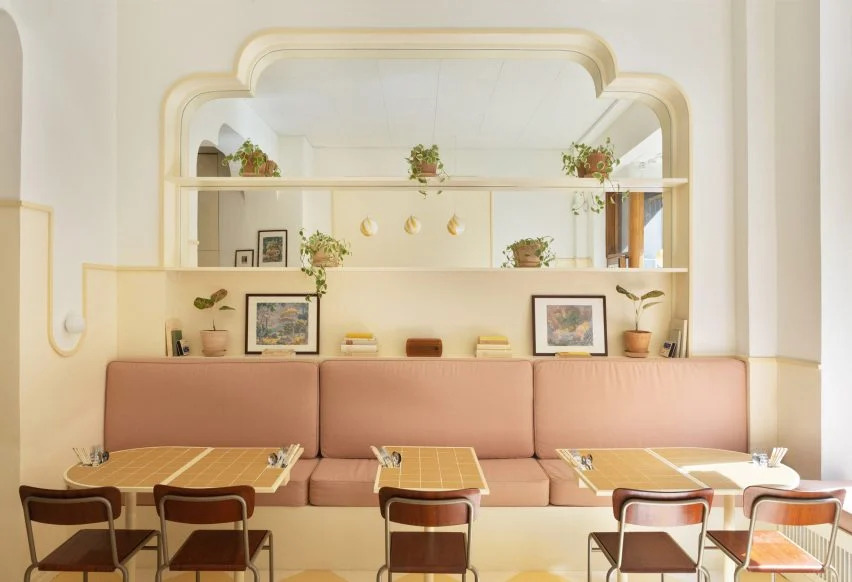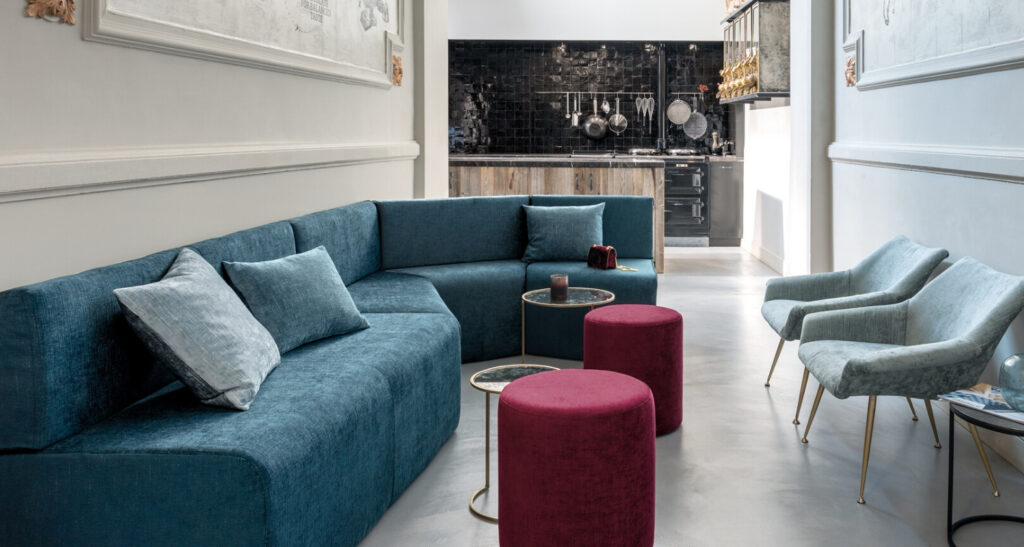Do your hotel interiors tell successful stories?
Inventing a story means that no design decision is arbitrary – David Rockwell, architect and designer.
Storytelling is an essential part of what it means to be human.
It makes sense that we design our environments to tell stories, too.
People generally think that they are in control of stories, when in fact it’s stories that shape people.
Stories are built into the human experience, from architecture, to apps, to websites, even to the sound your car door makes (spoiler: that heavy, satisfying clunkbeen carefully engineered to persuade people to buy cars).
Stories are all around us, affecting our emotional responses and our moods. The stories we’re told influence what we buy, what we eat, what we wear.
That’s where design comes in. You could say that if storytelling is everywhere, then design is too.

What is storytelling in interior design?
Storytelling is the connection between ideas and spatial experience through construction methods. This connection is an attempt to create emotional meanings for the end-user, while still embracing functionality and visual sensation.
Humans wander in and out of buildings, unspooling a personal narrative as they go, interacting with and reacting to the architectural space around them on subconscious and conscious levels.
Interior design creates a narrative of its own, which influences the story of each person who comes inside. As well as directing the flow of traffic or interacting with certain objects or items, storytelling in interior design elicits certain emotions.
A quick example.
What do you feel when you look at these two communal spaces? Why do you think that might be?

Maison François, designed by John Whelan: Dining out again: trends in restaurant interiors, 2021

Pukkel, interiors designed by Masquespacio: Four unique restaurants create special moments (trend watch)
Why is this kind of storytelling important for hospitality spaces?
Storytelling in interior design helps to conceive and develop unique responses and ideas, evoking meaningful experiences. It sets the stage for an interior space, filling it with an entirely new perspective based on a designer’s choices.
This kind of storytelling is a special gift to hospitality designers, allowing them to influence the decisions of hotel guests, lobby users, bar patrons: everyone who uses these constantly-changing spaces.
It’s really quite impressive if you think of all the decisions and behaviours that design can influence.
Business-focused choices include…
- buying behaviour in hotel lobby boutiques
- sleep quality (a key factor when it comes to retaining guests)
- the productivity levels of office workers using your hotel lobby as an informal meeting space
- the ease of communication in your meeting rooms
- whether your interior is accessible or not, and therefore whether it’s inclusive or restrictive
How do you implement a stronger storytelling strategy in your hotel interior design?
Designers frequently return to the customer base they can deeply resonate with: themselves.
Mixing their own emotional responses and experiences with the practical considerations for a hospitality interior is often a useful starting point for designers to come up with a concept designed for real people rather than statistics or marketing projections.
Of course, it’s always important to begin at the beginning, with the basics
This is the crucial time to untangle your thoughts and ideas, and just get everything off your mind and in one place. A notebook and pen can come in handy! Here’s a list of kick-off questions to get those creative juices flowing:
- What is the function of this interior?
- Is it a public space or a private guestroom?
- What colours influence positive decisions?
- Who will be using this space? What are their specific needs?
- Do your ideas fit with the overall brand image of this hospitality venue? How does this contribute to the experience of guests?
- What impact can these interior design decisions have on whether guests return to this venue or not?
- Is their overall experience as frictionless as possible? How can your interior design decisions fit this particular space to its expected clientele?




No arbitrary decisions when it comes to commercial interior design
Once all ideas are processed, it’s time to get concrete plans in place for implementation. Read all about the trends and challenges facing the future of the hospitality industry on our blog to get completely up to speed on where you should be directing your interior design storytelling endeavours.
Good luck!